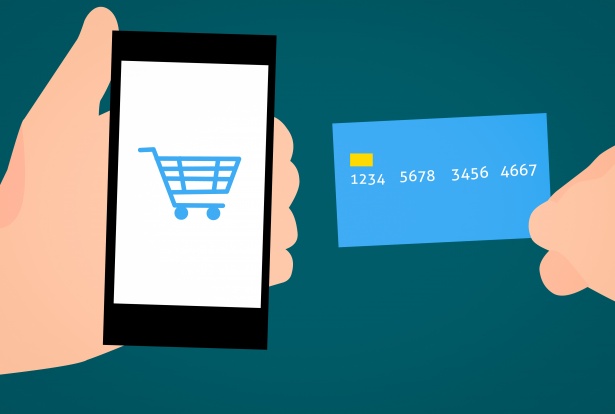4 Common Misconceptions About Starting An Ecommerce Business
It’s never been a better time to start an ecommerce business. The space continues to grow, with an estimated $4.5 million in retail ecommerce sales expected by year 2021. With that much growth, you simply can’t afford to miss out on a piece of the pie — especially if you have a product or service that would sell well online. Not to mention, all you need is a laptop to get started. There’s no need to invest in a brick and mortar location to sell your custom made sneakers or rent out an office to meet with your financial planning clients.
But, that doesn’t mean that ecommerce businesses don’t come with their own set of unique challenges . There are a few misconceptions about starting an ecommerce business that need to be straightened out before you take the plunge. If you’re considering starting your own, make sure to ask others who have done it before for their best tips – and make sure that you’re educated on the process of starting up, what’s required financially and legally, and how to make your business work for you while you sleep.
- Misconception: The costs of building an ecommerce business are low.
Just because you don’t have to pay for a physical location doesn’t mean that there aren’t significant investments required to get an ecommerce business up and running. There’s a wide range of potential dollar amounts — estimated from about $5,000 to $5 Million, depending on your business and your website – to establish a proper ecommerce store.
So, before you start the build, work with a mentor or a fellow ecommerce entrepreneur to understand each of the costs you’ll be entitled to: the business domain, shipping processes, website hosting, branding or development help… Most of the investment for an ecommerce business happens upfront in the “build process,” although it’s a good idea to understand costs that will continue throughout the lifespan of your business (such as shipping costs and monthly domain amounts). The beginning stage of planning your business is a great time to understand your sales funnels and how much cash flow will be needed to stay afloat.
- Misconception: “If you build it, they will come.”
Even if you build a glowing website and feature must-have products, the marketing and traffic generation components of starting an ecommerce business cannot be compromised. Yes, your business is available to any on the world wide web…if, and only if, they find it.
No, this actually doesn’t mean you have to invest a fortune in online advertisements. Nowadays, there are more affordable ways to target ads to Facebook and Google users, once you know your audience. From there, it comes down to branding your message, adding compelling “clickers” (think: “click here to eradicate insomnia forever”) to drive interest, and potentially expanding to “lookalike” target audiences to expand your reach.
- Misconception: You need to make your own website from scratch.
Remember that the value of your ecommerce site is in its ability to drive traffic, its SEO ranking, its compelling branding, and its products — not so much how the website is created or hosted. Many believe they need to hire a developer to build their website from scratch, but nowadays, there are so many build-it-yourself platforms that work just as well and look just as good… sans the headache and extra investment.
For example: if you’re offering a product selection, an ecommerce hosting platform like Shopify easily allows you to design your store, upload product photos and descriptions, and it even processes shipping and fulfillment for you – down to generating the shipping label (paid online and everything!) so all you have to do is drop off your product at the local UPS. Imagine the time, money, and effort it would take to build these features on your own, especially when your time and energy is better spent on perfecting your business model and marketing tactics. Other hosting sites include WooCommerce and SquareSpace. Try out their usability and look at their plans to see what works best for you at this stage of your business. At the very least, it’s a good starting point so you can start making sales while your development team is still working on a from-scratch website.
- Misconception: Keeping track of your profit is the only valuable piece of data.
There are multiple key pieces of data that need to be tracked when operating an ecommerce platform. Just watching sales trickle in is great, but there are other pieces of data that reporting tools can track – such as how many times a customer leaves an order in their cart and doesn’t check out, or how many times a customer leaves your website entirely after viewing your “About” page.
These key markers of data will help you determine what you need to tweak on your website to make sure all visitors convert to customers. There are also ways to track your marketing efforts and see if they’re working for you: such as with tools like Google+ Studio, LuckyOrange, and Compass. The goal: increase your number of marketing channels, while also understanding which ones are working and which aren’t. Then, make the necessary changes. And, another valuable piece of data: your customer email addresses. Add a pop-up with a 10% off code if a site visitor inputs their email (but make sure the opt-in is clear and that opting out/unsubscribing is easy!). Capturing this key contact information keeps them in your sales funnel even if they don’t buy anything on that first visit.
Starting an ecommerce business is an exciting endeavor, but has a lot of moving pieces. By learning more about what needs to be done from the start for a successful launch and lifespan of the company, you’ll save yourself money and a headache.


